Eruption at Stromboli volcano, pyroclastic flow reaches the coastline, Italy
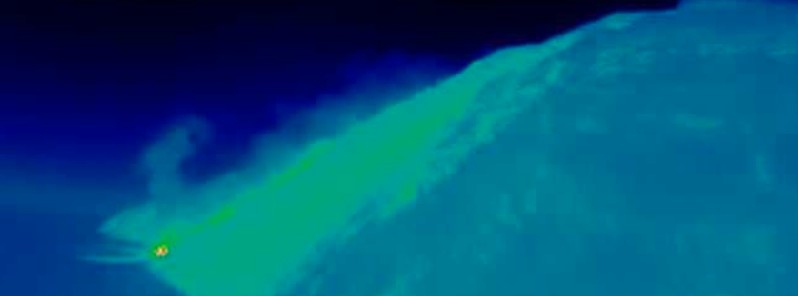
A notable increase in explosive activity started at Stromboli volcano, Italy at around 12:47 UTC on May 19, 2021, followed by a pyroclastic flow at 12:51 UTC that reached the coastline and traveled 1 km (0.62 miles) over the sea. Explosive activity at the volcano started on May 17, when the Aviation Color Code was raised from Yellow to Orange.
A volcanic ash cloud reaching an estimated height of about 1.5 to 2 km (4 900 – 6 500 feet) above sea level was generated during the event.
Other lower intensity pyroclastic flows occurred from 13:02 to 13:35 UTC, producing modest clouds of ash, INGV reports. A more intense explosive activity was observed during these events.
Vi regalo amici di tweetter in diretta l'esplosione dello stromboli #giuliasalemi93 #prelemi pic.twitter.com/rFBadOa8y3
— Pisola (@Maria92901849) May 19, 2021
After an aerial survey, INGV scientists concluded that part of the rim of the northeast crater had collapsed, producing a landslide that turned into a pyroclastic flow.
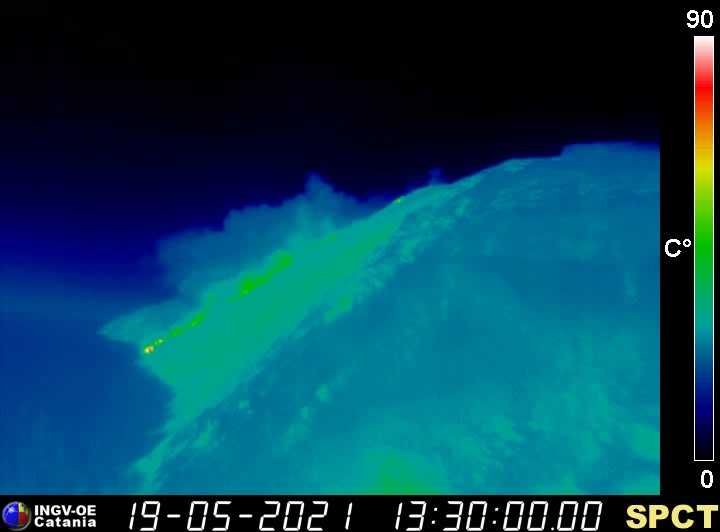
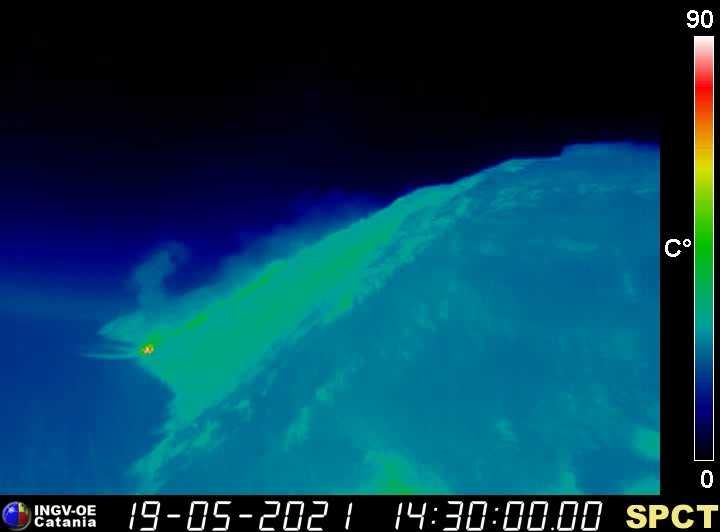
In an update posted at 08:57 UTC on May 20, INGV said the lava flow along the Sciara del Fuoco is still being powered.
Intense explosive episodes are still being observed while the tremor is fluctuating between mid-high and medium-low values.
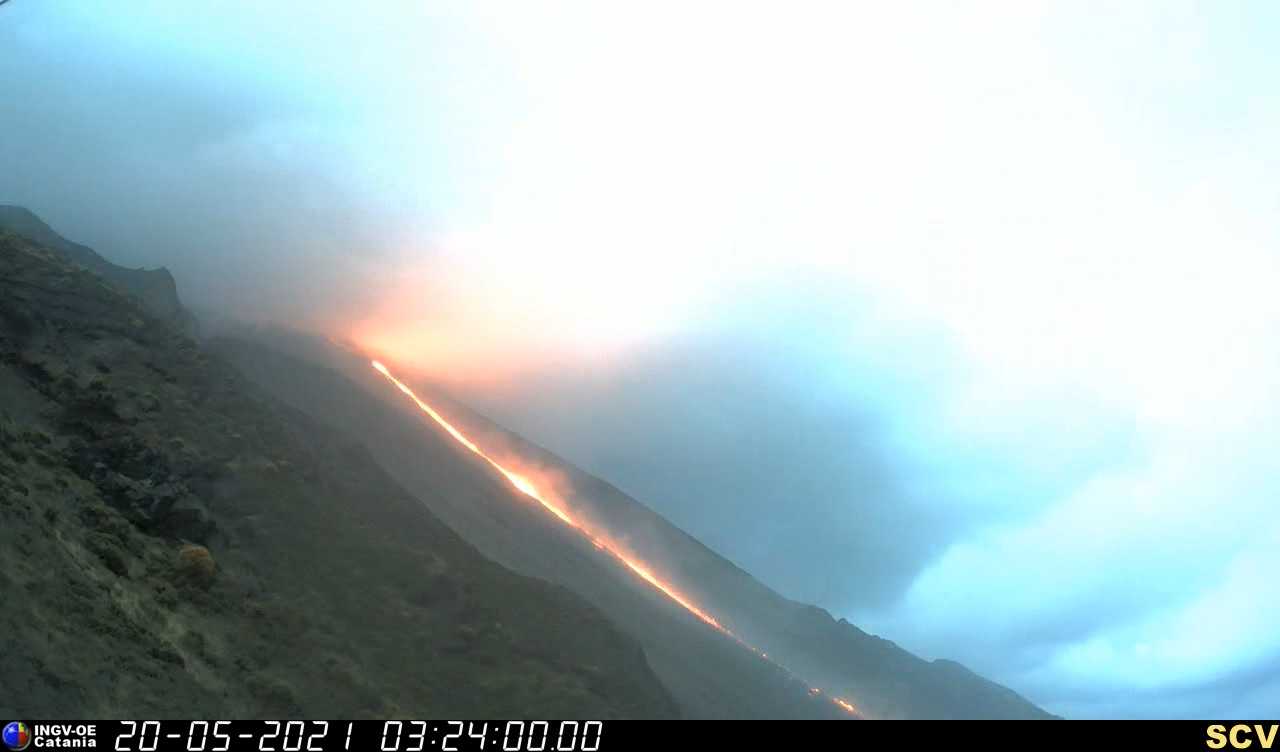
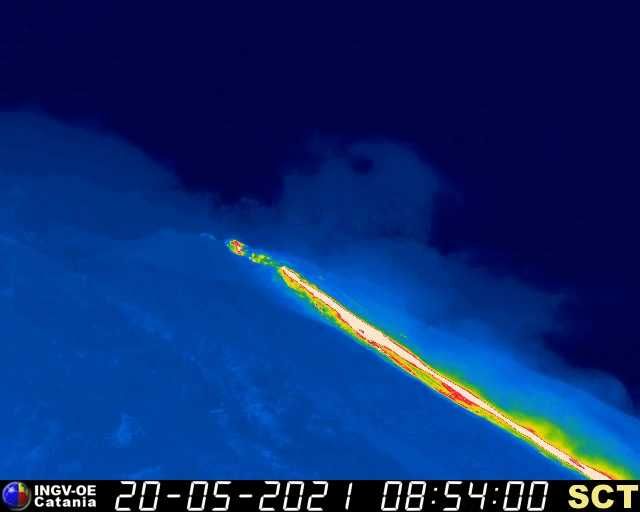
A new eruption and the 18th paroxysmal eruptive episode since February 16 was also observed at Etna volcano on May 19.
Geological summary
Spectacular incandescent nighttime explosions at this volcano have long attracted visitors to the "Lighthouse of the Mediterranean."
Stromboli, the NE-most of the Aeolian Islands, has lent its name to the frequent mild explosive activity that has characterized its eruptions throughout much of historical time.
The small, 924-m-high (3 031 feet) island is the emergent summit of a volcano that grew in two main eruptive cycles, the last of which formed the western portion of the island.
The Neostromboli eruptive period from about 13 000 to 5 000 years ago was followed by formation of the modern Stromboli edifice. The active summit vents are located at the head of the Sciara del Fuoco, a prominent horseshoe-shaped scarp formed about 5 000 years ago as a result of the most recent of a series of slope failures that extend to below sea level.
The modern volcano has been constructed within this scarp, which funnels pyroclastic ejecta and lava flows to the NW. Essentially continuous mild strombolian explosions, sometimes accompanied by lava flows, have been recorded for more than a millennium. (GVP)
Featured image credit: INGV

Commenting rules and guidelines
We value the thoughts and opinions of our readers and welcome healthy discussions on our website. In order to maintain a respectful and positive community, we ask that all commenters follow these rules.